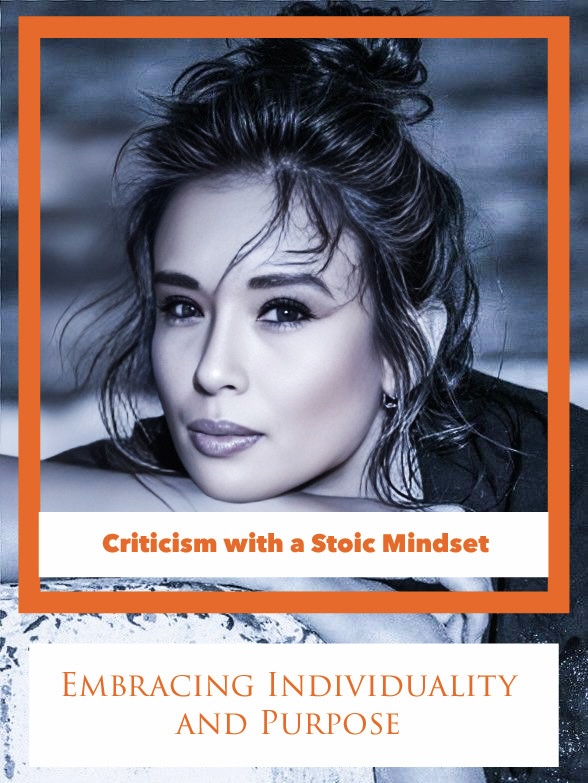
Have you ever felt a longing for closeness, only to be met with an inexplicable fear that keeps you at arm’s length? If so, you might be navigating the intricacies of disorganized attachment styles. In this journey, we’ll unravel the mysteries of disorganized attachment, understand its impact on relationships, and discover ways to navigate through its unique challenges.
Understanding Disorganized Attachment:
Imagine trying to build a stable foundation on ground that constantly shifts beneath your feet. That’s disorganized attachment for you – a maze born from inconsistent caregiving in early life. It leaves individuals uncertain about seeking comfort or safety, creating a push-pull dynamic in relationships.
Example: Think of a child whose caregiver is sometimes nurturing and comforting, but at other times neglectful or even frightening. The inconsistency creates confusion about whether seeking closeness is safe or perilous.
The Complexity Unveiled:
Disorganized attachment reveals itself in erratic behavior, a struggle to establish a consistent approach to connections. It’s like trying to follow a melody that keeps changing unexpectedly. Emotional shifts are unpredictable, making it challenging to maintain a steady rhythm in relationships.
Example: Picture a person who, in one moment, craves intimacy and connection, only to withdraw or act distant the next. The emotional rollercoaster can be disorienting for both individuals involved.
Breaking Down Disorganized Attachment:
Let’s break down disorganized attachment into key components to demystify its complexity:
- Inconsistency in Caregiving: Rooted in early experiences of trauma or neglect, disorganized attachment often results from inconsistent care. This inconsistency creates challenges in forming stable relationships.Example: Consider a teenager whose parent alternates between being overly controlling and completely absent. The lack of a consistent caregiving style can lead to difficulties forming trust in future relationships.
- Emotional Uncertainty: Individuals with disorganized attachment find it challenging to manage emotions, leading to an unpredictable emotional landscape where closeness and distance fluctuate.Example: Think of someone who struggles with intense mood swings, making it difficult for their partner to gauge when it’s safe to approach or when they should give space.
- Impact on Adult Relationships: In adulthood, disorganized attachment influences how individuals approach intimacy and communication, making it difficult to establish and maintain healthy connections.Example: Imagine an adult who, despite a deep desire for connection, becomes overwhelmed with anxiety when the relationship becomes too close. This fear may lead to distancing behaviors.
Challenges in Relationships:
Disorganized attachment introduces specific challenges in relationships that can feel like navigating a complex labyrinth:
- Difficulty Trusting: Trust, a cornerstone of healthy relationships, becomes a hurdle as individuals with disorganized attachment struggle to rely on others consistently.Example: A person might find it challenging to believe their partner’s words of affection, fearing that the love expressed today might vanish tomorrow.
- Fear of Abandonment: The fear of being abandoned or rejected can lead to heightened sensitivity, making it challenging to navigate the ebb and flow of relationships.Example: Consider someone who constantly anticipates rejection, interpreting innocent actions as signs that their partner is about to leave them.
- Communication Struggles: Expressing emotions and needs becomes a complex task, as the unpredictability of disorganized attachment may create barriers to effective communication.Example: Picture a couple struggling to have open and honest conversations because the fear of being misunderstood or rejected hinders their ability to express themselves.
Dealing and Healing with Disorganized Attachment:
- Seek Professional Support: Therapy, particularly approaches like Metacognitive Therapy (MCT) and Cognitive-Behavioral Therapy (CBT), can provide a safe space to explore attachment patterns and develop healthier ways of relating.
- Self-Reflection: Engage in self-reflection to understand your own attachment style. Recognizing patterns and triggers can be a crucial step towards breaking the cycle.
- Developing Secure Connections: Cultivate supportive relationships that provide a secure base. Healthy connections can play a pivotal role in reshaping attachment patterns.
- Mindfulness Practices: Incorporate mindfulness practices to become more aware of emotional reactions and create a space for intentional responses rather than impulsive reactions.
- Communication Skills Building: Work on improving communication skills to express needs and emotions effectively. This may involve learning to navigate vulnerability and embrace open dialogue.
Conclusion:
In the intricate interplay of relationships, disorganized attachment styles may present challenges. However, armed with understanding, empathy, and a commitment to personal growth, individuals can embark on a journey of healing. By unraveling the complexities, seeking support, and fostering secure connections, the path toward healthier and more fulfilling relationships becomes clearer. It’s a journey worth undertaking, one step at a time, towards a more secure and connected future.





